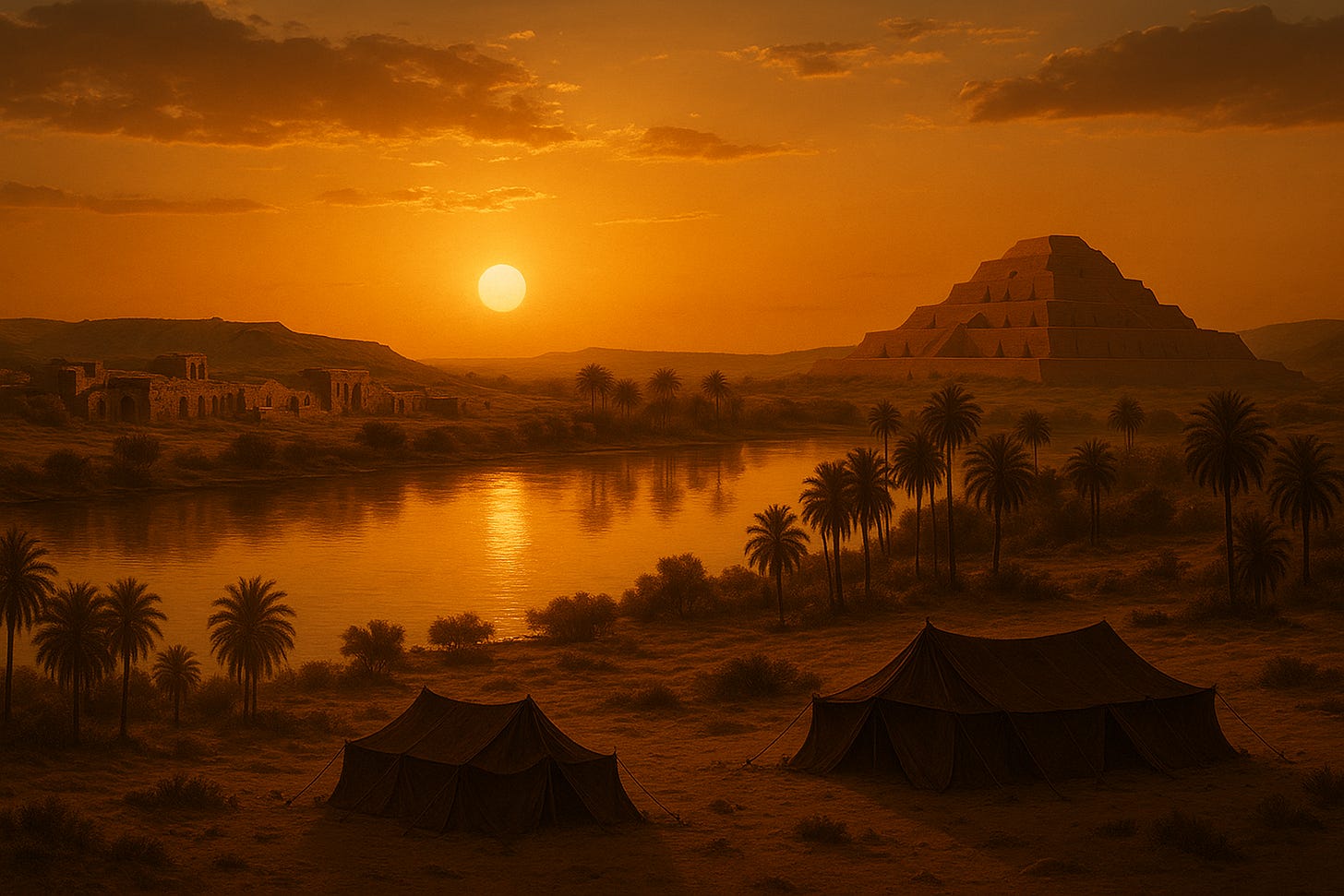Khuzestan: The Cradle of Civilization in Iran’s Southwest
From ancient Elamite ruins to modern oil fields, Khuzestan remains a land where history, hardship, and heritage collide.

🏛️ Historical Significance
Ancient Elamite Capital: Khuzestan is home to Susa (Shush), one of the oldest known cities in the world and a former capital of the Elamite, Persian, and Parthian empires. It’s mentioned in the Bible as the place where Prophet Daniel lived.
Tchogha Zanbil: A UNESCO World Heritage Site, this ziggurat is one of the best-preserved examples of Elamite architecture.
Achaemenid and Sassanid Heritage: The province houses several ruins and sites from these Persian empires.
🌍 Geographical Importance
Located in the southwest of Iran, it borders Iraq and the Persian Gulf.
It’s a region of great strategic and economic value due to its oil reserves, which make it Iran’s primary oil-producing province.
The Karun River, Iran’s only navigable river, flows through Khuzestan, making it agriculturally fertile.
🌾 Ethnic and Cultural Diversity
Arabs, Bakhtiari Lurs, Persians, and Mandaeans make up the region’s rich ethnic tapestry.
Arabic is widely spoken alongside Persian, and the province hosts Shi’a Muslim shrines and vibrant tribal cultures.
Traditional music, clothing, and nomadic lifestyles still persist, especially among the Bakhtiari.
⚔️ Modern Struggles
Khuzestan was a frontline during the Iran-Iraq War (1980–1988). Cities like Khorramshahr and Abadan were devastated.
Despite its wealth in oil, many locals struggle with poverty, water scarcity, and pollution, leading to periodic protests and unrest.
🌟 Why It Matters
Khuzestan is not just an oil-rich frontier—it’s a living museum of ancient civilisations, a witness to modern conflict, and a symbol of Iran’s multi-ethnic identity. Its story is essential for understanding both the glory and the grief embedded in Iran’s national narrative.
Reference: PressTv

